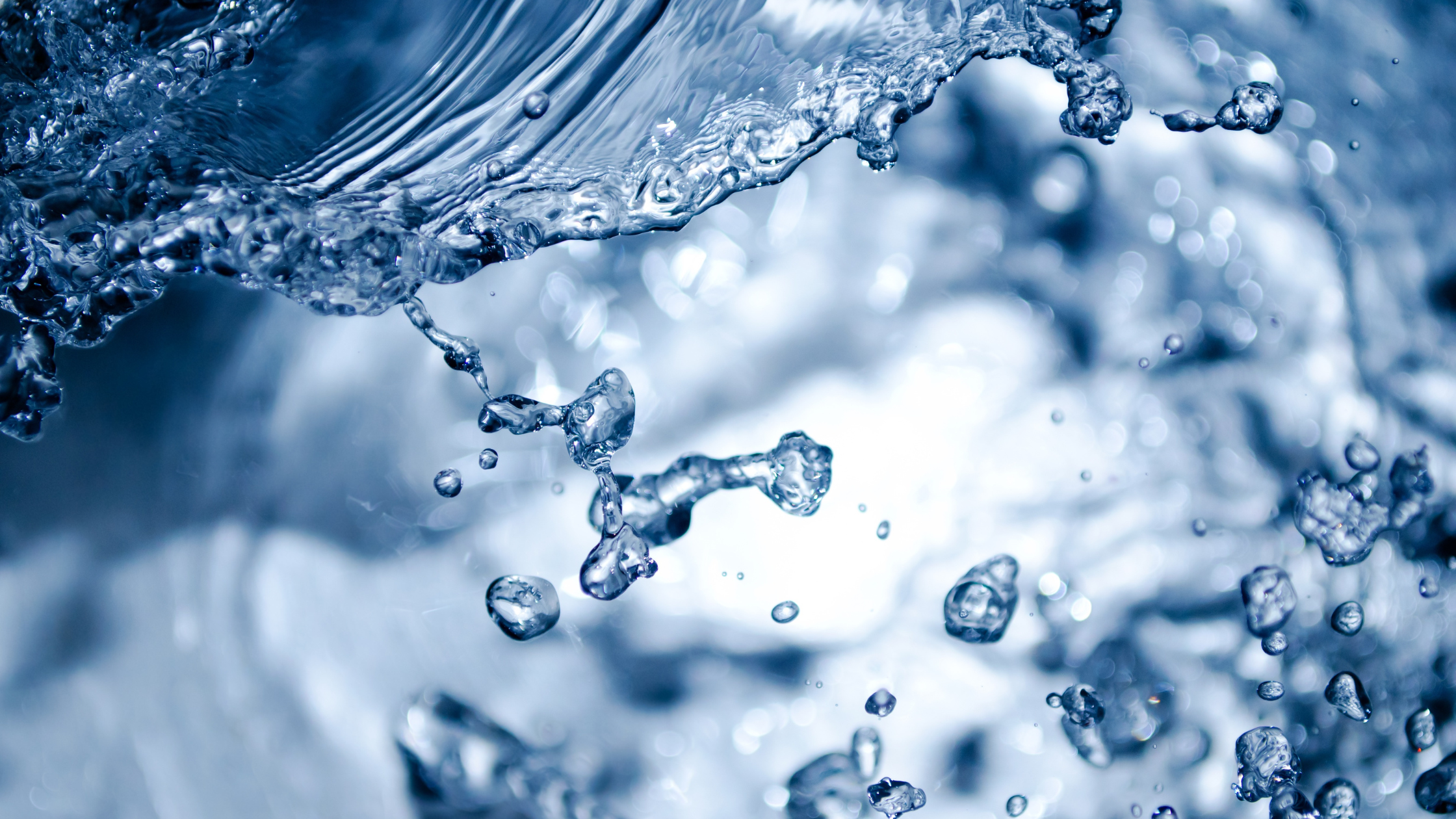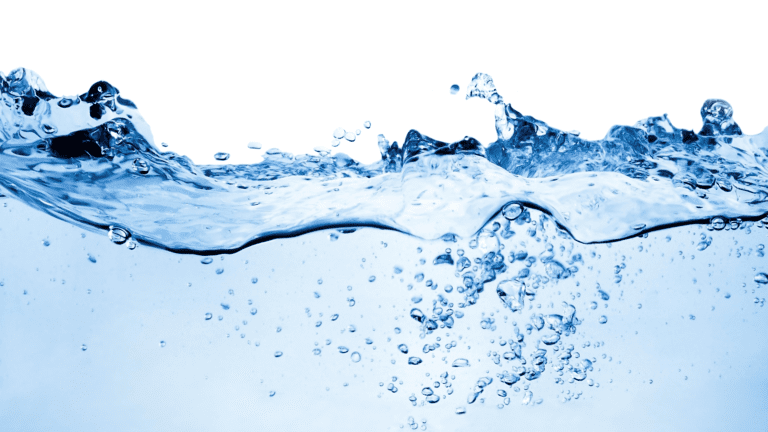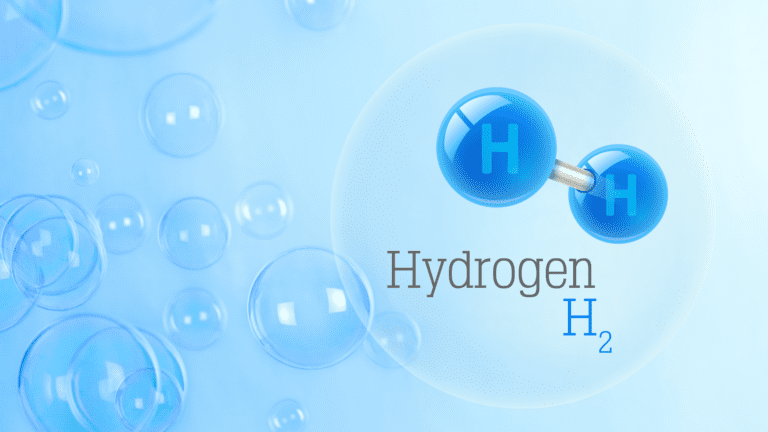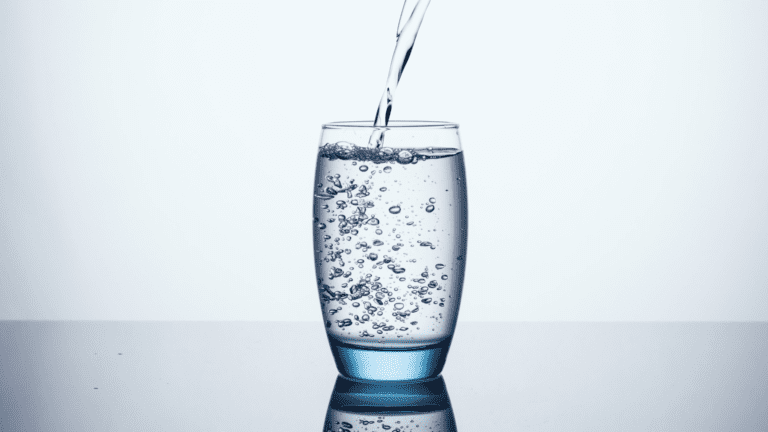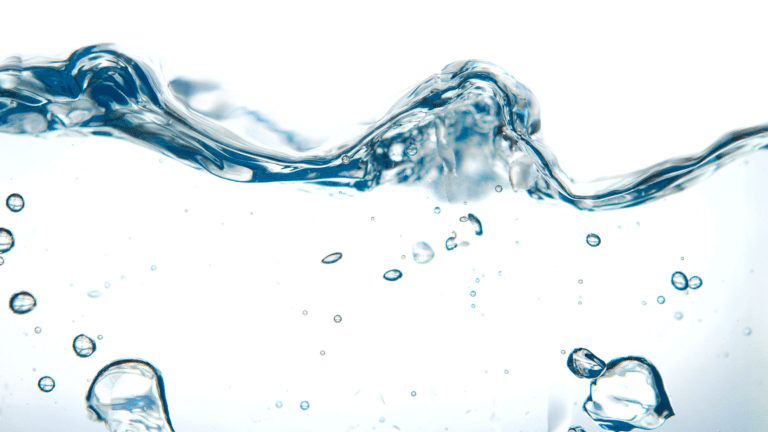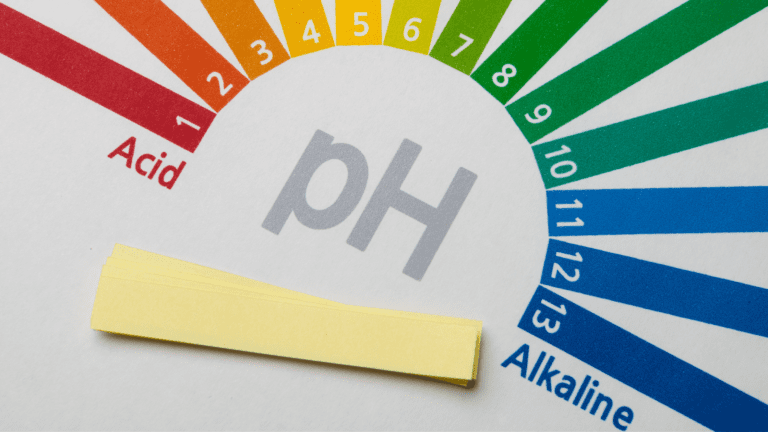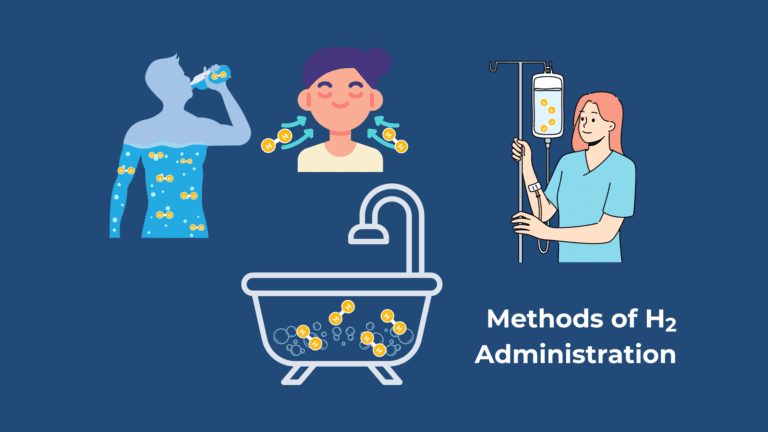On the market there are currently two main methods to obtain hydrogen-rich water via electric flow-through systems; namely, alkaline water ionizers and neutral-pH hydrogen water generators. A brief discussion of some of the pros and cons are noted below.
ALKALINE WATER IONIZERS
This technology has been around for many decades. It uses a process of electrolysis to produce hydrogen gas and alkaline water at the cathode and oxygen/chlorine gas and acidic water at the anode. The anode and cathode are separated by a membrane, which allows for the separation of alkaline and acidic water.
Many people have reported benefits from using alkaline water ionizers, but it wasn’t until 2007-2010 that scientists and researchers understood that the therapeutic property in alkaline ionized water was hydrogen gas (see this article). Alkaline water ionizers were optimized and designed to produce alkaline water, not hydrogen gas. There are 3 observations with these systems:
- some alkaline water ionizers do not contain sufficient levels of dissolved hydrogen gas or at least their concentration is below a detection limit of 0.01 ppm.
- Some alkaline water ionizers can produce adequate hydrogen gas levels, but due to their production of alkaline water, the electrodes tend to scale up quickly, which prevents the hydrogen gas from dissolving into the water. Therefore, without cleaning the systems with citric acid or vinegar, the concentration of hydrogen gas can also drop below 0.01 ppm in a matter of days to weeks depending on source water and usage.
- Some alkaline water ionizers employ a reversing-polarity technology, which significantly prevents scale build up on the electrodes, allowing the user to go longer (months to years) without having to use vinegar or citric acid.
(see this article for additional information)
In all circumstances, the concentration of hydrogen gas drastically depends on source water and flow rate (and of course the design and amount of scaling on the electrodes). This makes the concentration vary from less than 0.01 ppm to nearly 3 ppm, with an average being between 0.4 to 1 ppm at: 1) normal flow rate, 2) average source water, and 3) clean electrodes. It is also important to note that, although some alkaline water ionizers may be able to produce a very high H2 concentration by slowing the flow of the water, this produced water often has a very high pH, which can make the water unpalatable. In this case, it is easy to reduce the pH by adding a few drops of lemon juice (citric acid) to lower the pH while maintaining the higher dissolved H2 level.
These points focus exclusively on hydrogen gas; although some people may like being able to produce the acidic water and alkaline water, which often becomes more of subjective preferences as opposed to clear scientific analysis.
NEUTRAL-PH HYDROGEN WATER GENERATORS
There are a number of ways that these types of machines can be designed, but the goal is to produce a high concentration of hydrogen gas without altering the pH. Of course some units are designed better than others. Some of the better ones employ the use of a special membrane in the electrolysis chambers optimized for hydrogen gas production known as a Proton Exchange Membrane (PEM). This is a proven technology that is so effective that it is often now used for mass production of hydrogen gas and also used in fuel cells. However, recently it has been employed in hydrogen-rich water generators. A few points on this are:
- These machines have been optimized and designed to produce neutral pH with high hydrogen gas levels.
- These machines are often more consistent in their hydrogen concentration and do not vary as much based on source water and flow rate.
- Because they do not change the pH, and the process of hydrogen dissolution is different, scaling and subsequent cessation of a high hydrogen concentration is less of a concern.
Although the use of this technology for producing hydrogen-rich water is new, the PEM technology is highly advanced. The machines that use this technology often have a concentration between 0.8 to 1.5 ppm depending on the machine (and thus also usage of time). Importantly, not all neutral pH hydrogen water flow-through systems will produce levels of 0.8 ppm and above, some only produce 0.1 to 0.5 ppm. This is often because these types of units do not use the PEM technology and instead use conventional alkaline water ionizer chambers, but just don’t split the water into acidic and alkaline streams.
DISSOLVED HYDROGEN AND PH
When talking about hydrogen, some will fail to make the important distinction as to which species of hydrogen is being discussed (see “Dummies Guide to Hydrogen”). The positive hydrogen ion (H+) is often referred to as “hydrogen”. But, this form of hydrogen is responsible for the “acid” level (pH) of water (see “Understanding pH”). If one assumes that the hydrogen ion is the species being discussed, they may think that adding hydrogen gas (H2) to water will change the pH of the water. But, molecular hydrogen (H2) is a neutral molecule which, when dissolved in water, has no influence on the water’s pH. Alkaline ionizers raise the pH of the water not as a direct result of adding H2 but because in order to produce H2, they must consume the H+ions in the water, thus making the water more alkaline. Methods of producing hydrogen water such as bubbling or infusing, which simply add pure hydrogen gas to water, do so without changing the original pH of the water.

